Artist and author
Adrien Lefebvre is sensitive to the sound landscapes that he lives in and passes through, whether natural or human-made. His interest in sound composition is deployed through various devices and forms, always with careful attention paid to the architecture of sounds – that is, to the interrelationships generated by their co-presence. He both records and produces sounds, and so his position is not that of passive listening; he engages in a real dialogue with the environment around him without limiting himself to particular types of materials or phenomena. Most of the sounds he captures are reworked and recomposed to take a different form during performances or in installations.
During his residency, Lefebvre recovered a number of hi-fi speakers and deconstructed them to create an installation that interacted not only with the physical space of his studio but also with the sound environment of the site. Day by day, he recorded the sounds of Est-Nord-Est: people passing by in the hallway, artists at work, daily activities. He made a cube from parts of the sound boxes, in which visitors could place their head to become immersed in a recomposed sound environment. Other speakers completed the installation; through them were played the sounds of the living spaces, but on the scale of his studio.
Lefebvre’s current research is also focused on ways to automate wind instruments to compose an autonomous orchestra of eight trumpets and horns. He is interested in re-creating human breath by faithfully reproducing its power and pauses. He also works with old objects, augmented with latex in order to capture their vibrations. He records the sounds emitted by manipulating them in order to create a bank for later reuse. Lefebvre transforms concrete objects into sound abstractions, working both with material and with its immateriality to reveal certain possibilities that their encounter might generate and the space that exists between things.
Discover
Newsletter
Keep up to date with the latest news!




